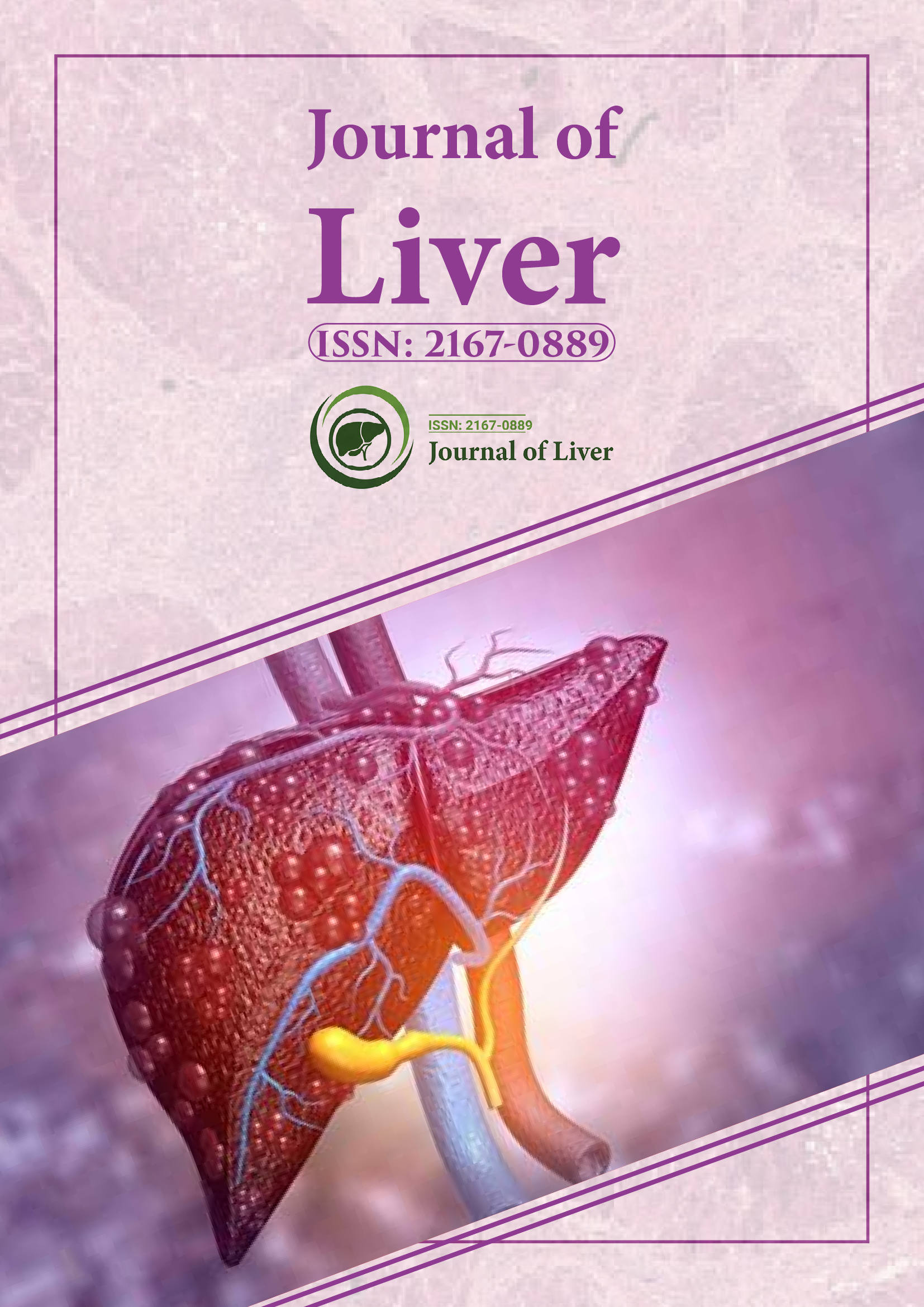Indexed In
- Open J Gate
- Genamics JournalSeek
- Academic Keys
- RefSeek
- Hamdard University
- EBSCO A-Z
- OCLC- WorldCat
- Publons
- Geneva Foundation for Medical Education and Research
- Google Scholar
Useful Links
Share This Page
Journal Flyer

Open Access Journals
- Agri and Aquaculture
- Biochemistry
- Bioinformatics & Systems Biology
- Business & Management
- Chemistry
- Clinical Sciences
- Engineering
- Food & Nutrition
- General Science
- Genetics & Molecular Biology
- Immunology & Microbiology
- Medical Sciences
- Neuroscience & Psychology
- Nursing & Health Care
- Pharmaceutical Sciences
Perspective - (2022) Volume 11, Issue 3
Viral Hepatitis C Epidemiology in Rural Areas
Ajani Abai*Received: 04-May-2022, Manuscript No. JLR-22-16929; Editor assigned: 06-May-2022, Pre QC No. JLR-22-16929(PQ); Reviewed: 20-May-2022, QC No. JLR-22-16929; Revised: 24-May-2022, Manuscript No. JLR-22-16929(R); Published: 06-Jun-2022, DOI: 10.35248/2329-6925.22.11.138
Description
Since its discovery in 1989, Hepatitis C Virus (HCV) has emerged as a global concern for health authorities all over the world. The global prevalence of HCV infection in the year 2015 was 1.0%, with the highest prevalence in the Eastern Mediterranean Region (2.3%) followed by the European one (1.5%). HCV infection causes life-threatening health problems. It was estimated that the annual rates of liver decompensating, death/transplantation, and Hepatocellular Carcinoma (HCC) in HCV patients to be 6.37%, 4.58%, and 3.36%, respectively. Egypt has the highest prevalence of HCV infection, with 92.5% of patients infected with genotype 4, 3.6% patients with genotype 1, 3.2% patients with multiple genotypes, and <1% patients with other genotypes. In the year 2014, Egypt had about 125,000 viremic individuals with new diagnosis of HCV each year: 10% of those had chronic hepatitis, 30% with compensated cirrhosis, while the majority (60%) was diagnosed with decompensated cirrhosis or HCC.
This high prevalence of HCV in Egypt has been attributed to the 1960s-1980s mass treatment campaigns of schistosomiasis. The government that considered the eradication of endemic schistosomiasis a national health priority led mass treatment campaigns along the country using a multiple-dose regimen of Parenteral Anti-Schistmisasis Therapy (PAT). With inadequate sterilization of used needles and syringes; this nationwide health promoting campaign ended with a catastrophic resulting spread of HCV infection that replaced schistosomaiasis as the predominant cause of liver disease in Egypt. Although the use of PAT discontinued in 1982 after the availability of Praziquantel, an oral anti-schistsomiasis drug, PAT-related epidemic led to a consequent spread by other modes of transmission that is responsible for the high current prevalence rate. In 2008, a Demographic and Health Survey (DHS) was carried out in Egypt, providing for the first time a unique opportunity for HCV antibody testing on a nationwide representative sample of individuals (6052 women and 5074 men). It showed that 10% of the population aged 15–59 years had a chronic infection, which after inclusion of older age groups adds up to around 6 million chronic infections throughout the country. Men were more likely to be infected than women, and infection increased sharply with age, with higher prevalence in rural than urban areas.
Several studies showed a variable geographic distribution of the disease in Egypt, with rural areas having higher prevalence rate than urban areas. The Nile Delta is reported as having the highest prevalence along the country. In a large study in the Nile Delta in 1996, a sero-prevalence of 24% and viremic prevalence of 15% among 3,999 examined adults and children, with seroprevalence in adults >40%. This geographic distribution is thought to be related to the pattern of PAT campaigns and distribution of schistosomiasis in the country. Most of the previously conducted studies addressed certain populations e.g. blood donors. However, there is a lack of community-based studies that is focused on a certain group of the population. Such community-based studies are required to give more accurate data about the burden of the disease. This study, which comes as part of a community screening campaign, would highlight on the prevalence of HCV in rural areas of Menoufia, a governorate present in the Nile Delta of Egypt. This study also includes the association between different risk factors and the HCV infection in this population sample. This would help to provide an additional scientific document that could participate in identifying the current magnitude of such health problem in Egypt.
Citation: Abai A (2022) Viral Hepatitis C Epidemiology in Rural Areas. J Liver. 11:138.
Copyright: © 2022 Abai A. This is an open-access article distributed under the terms of the Creative Commons Attribution License, which permits unrestricted use, distribution, and reproduction in any medium, provided the original author and source are credited.
